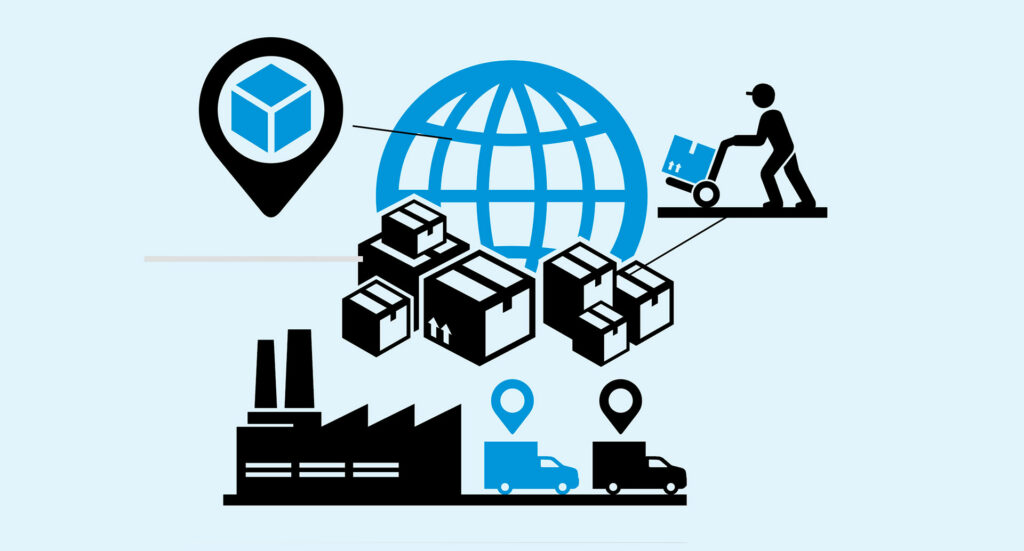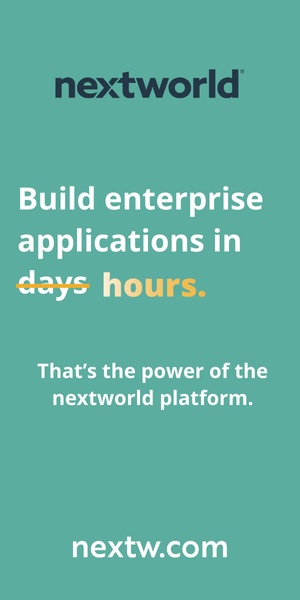A typical day for many Accounts Payable (AP) teams running on manual processes begins with a digital flood. Rahul Jairaj, Business Analyst at CloudPaths’ SuitePaths practice, has seen this firsthand on a daily basis. In an interview with ERP Today, Jairaj stated that he believes this flood of emails is a hidden drain on the talent and morale of an AP team.
“Teams spend their days buried in manual data entry and, most significantly, chasing approvals,” Jairaj noted. “An AP team member of an organization we worked with said that 50% of their time was spent on just chasing bills.”
This constant pursuit can be frustrating for everyone involved in the process and pulls skilled finance professionals away from the high-value work they were hired to do. According to Jairaj, this is where NetSuite’s AP automation helps, as it not only saves time but also transforms the nature of the finance function.
From Chasing Invoices to Driving Strategy
Although the immediate ROI of AP automation is clear, in the form of fewer hours spent on manual tasks, Jairaj notes that the strategic second-order benefits are where the real transformation takes place. He gave the example of a CloudPaths client that was pursuing SOX compliance to illustrate this point. “The value add from automation for them was not only speed but also precision,” Jairaj explained. “Auditing was a big thing for this company, and an automated system provided an accurate audit trail for every step, from bill receipt to approval, which was a huge deal for the client once it was implemented.”
However, the most profound impact is at the human level. Jairaj recalled how the head of an AP department they worked with had a moment of clarity after automation. “She mentioned, ‘This is what I was meant to do. I was not meant to be chasing 1,000 emails.’ By removing the frustrating, low-value work, her team could focus on actual accounting,” he said.
Jairaj added that the automation even improved relationships within that company as the constant chase for approvals across its 200 offices was replaced by a smooth, automated workflow. This led to better interpersonal interactions and collaboration.
The Real Hurdle: Managing Change
The actual challenge of an implementation project is adoption. “Change management is usually the real beast, more than the technology,” Jairaj stated. “Employees often view new tools with skepticism, fearing their roles might become obsolete. ‘Is my job safe? Am I going to be replaced?’ These are some real concerns among teams that are looking to automate their processes.”
Overcoming this hurdle requires a human-centric approach. According to Jairaj, CloudPaths focuses on identifying a Champion of Change within the client’s organization when implementing AP automation projects for NetSuite. This champion could be a key stakeholder who believes in the new system and can advocate for it. The approach is to frame the transformation not as a threat, but as an opportunity.
“We approach the issue by appealing to what they want to do rather than what they are doing right now. For example, going through numerous emails a day is not something that you want to be doing,” Jairaj noted.
Thus, by demonstrating how automation liberates teams to focus on more strategic work and by running pilot programs to show tangible results, partners like CloudPaths help organizations get their teams not only to use the new tools within NetSuite, but also to truly embrace a new, more effective way of working.
What This Means for ERP Insiders
- Automate the inbox with OCR. The flood of emails in a shared AP inbox is a prime target for automation. Instead of manually opening PDFs and entering data, an AI-powered OCR scanning solution can automatically ingest invoices from a designated email address, extract the key data, and create draft vendor bills directly in NetSuite, turning a chaotic inbox into a streamlined processing queue.
- Replace manual chasing with an approval matrix. When an AP team spends 50% of its time just chasing bills, the solution is an automated approval matrix. For example, for a customer with 200 offices, CloudPaths built a rules-based matrix using a pre-built AP automation tool that automatically routed bills based on location and dollar amount. This practice eliminated the need for chasing and creates a fully auditable approval workflow.
- Leverage native apps for robust three-way matching. The risk of two different systems with different sets of data makes complex automations fragile. By using a native SuiteApp, all data resides in NetSuite. Learn more about how organizations can benefit from native SuiteApps like Square Works in the second part of our interview with Rahul Jairaj.






